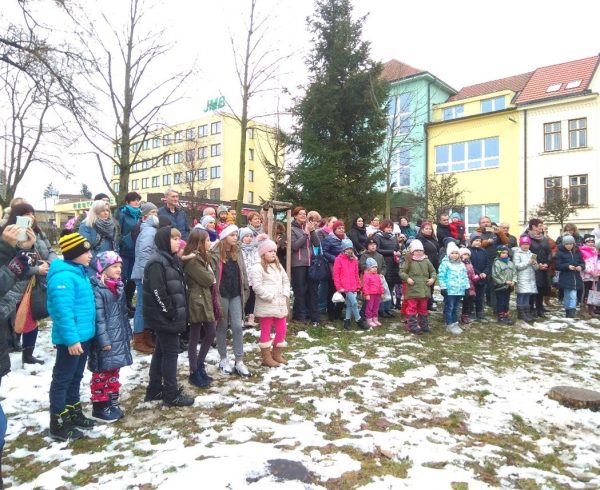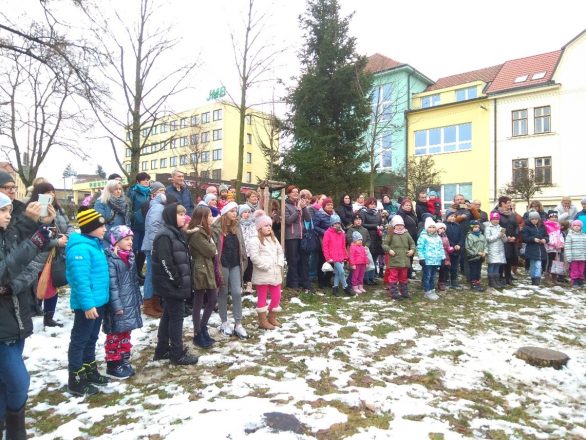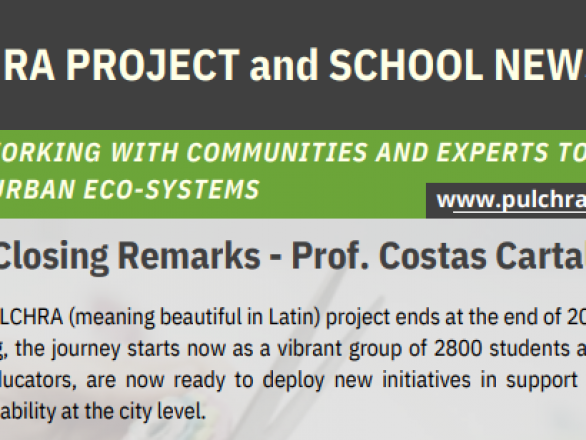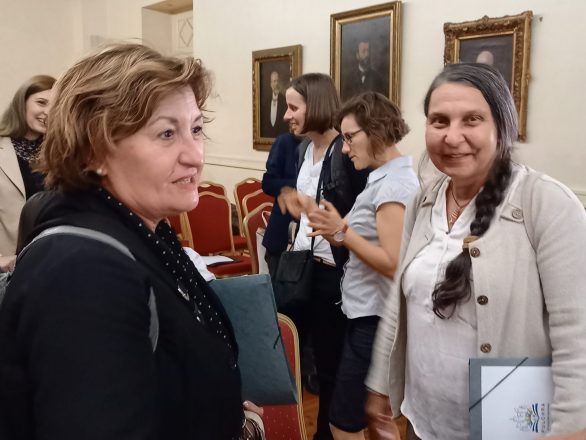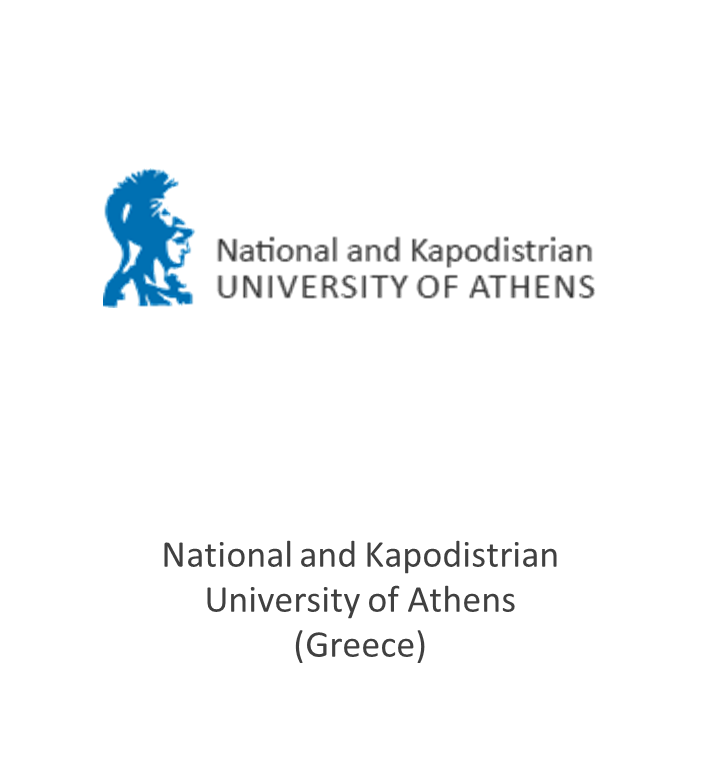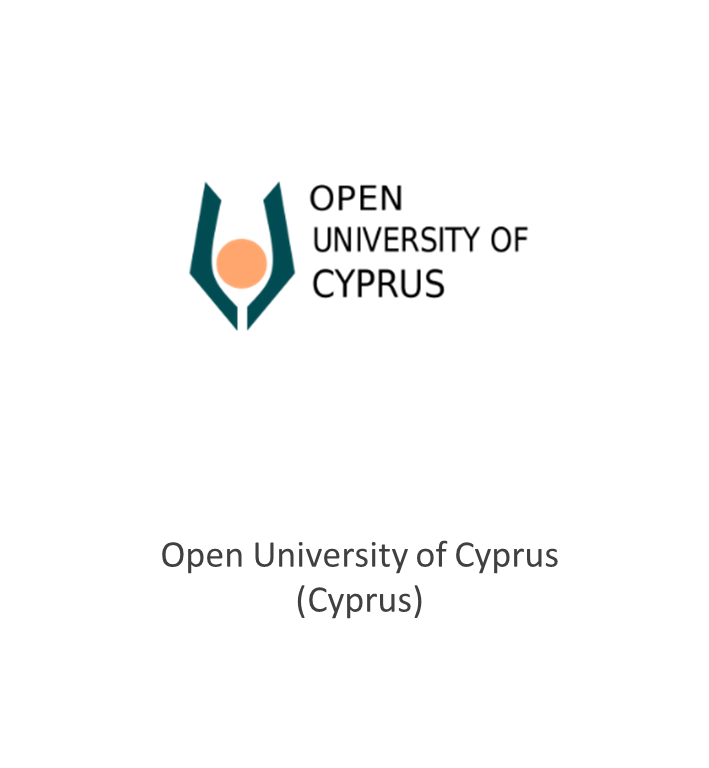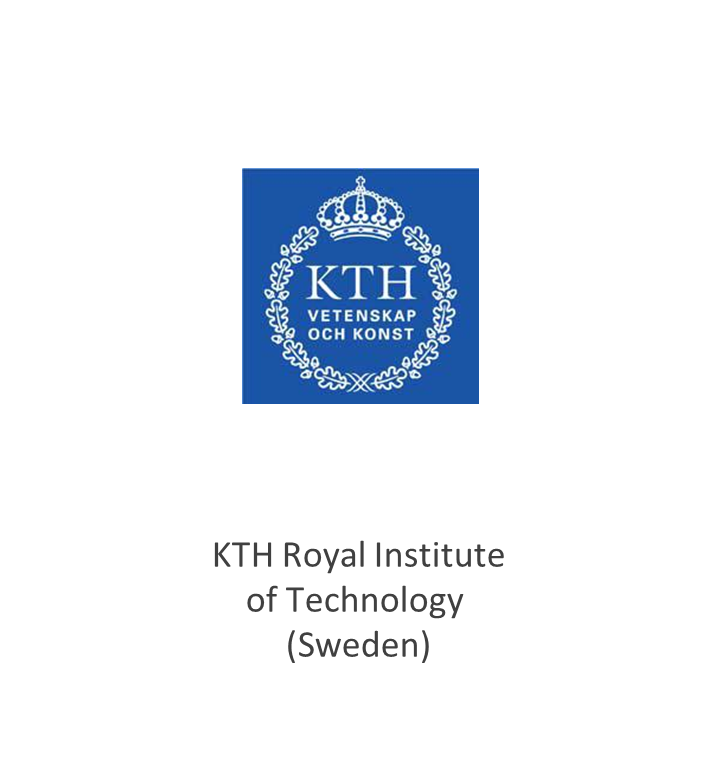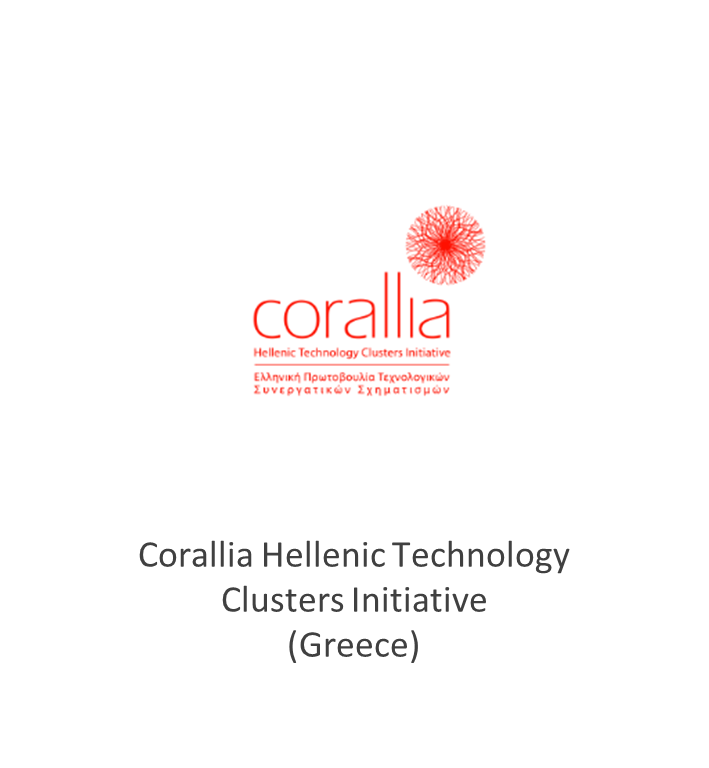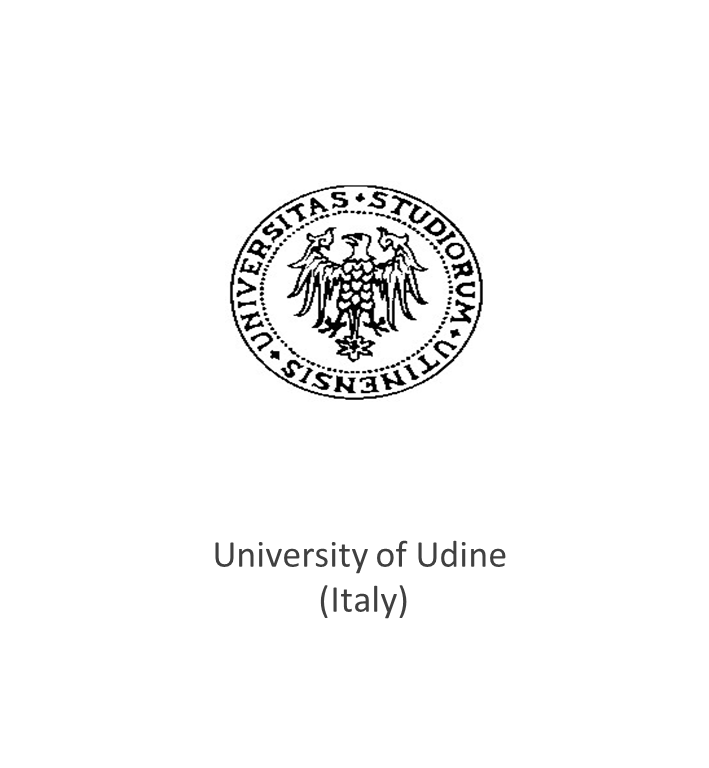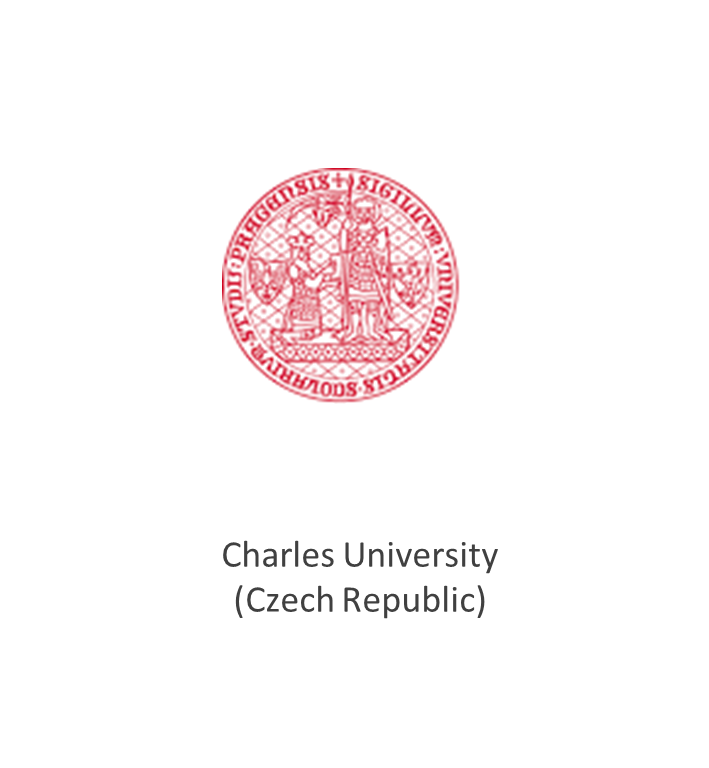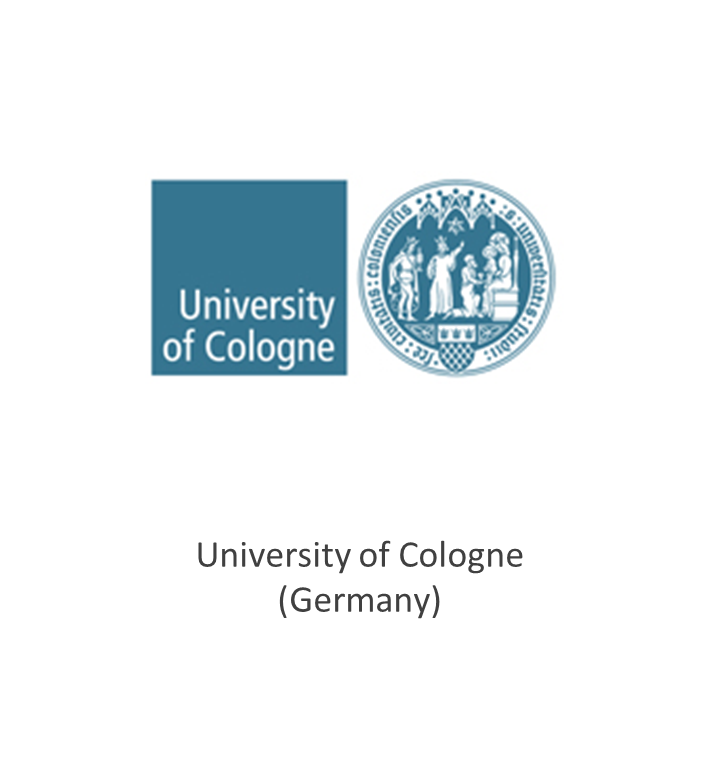The ideal sustainable city should have a balance between growth, quality of life, environmental sustainability, and human values. To achieve that a variety of urban dimensions should be explored, so the PULCHRA project of the students from the 1st Arsakeio High school (Athens, Greece) tries to assess the impact of our daily life activities on urban sustainability.
Read below to find out more about what the Greek PULCHRA students did to answer this question.
In our project we studied the challenges associated with urban mobility and found out that Athens faces increased air pollution which intensifies the greenhouse effect. Sustainable urban mobility policies should be applied, such as efficient public transport systems and by promoting active mobility solutions, such as walking and cycling.

The implementation of United Nations’ 2030 Agenda for Sustainable Development in cities was also explored through the review of international projects (such as UNESCO Creative Cities Program, UNESCO Global Network of Learning Cities etc.) that help cities around the world adapt to and mitigate the effects of climate change.
The relation between urban planning and sustainability was studied and suggestions for blue and green urban design policies were made. The circular development pathway should be followed to build sustainable societies that use recyclable, sharable and replenishing resources to end the linear model of produce, consume, discard.

Finally, we investigated the benefits of nanotechnology in building smart cities, mainly in decreasing the cost of renewable energy, in the production of hydrogen by utilizing solar radiation, in the construction of more efficient rechargeable batteries and in creating zero energy buildings.
This article was written by the PULCHRA Science Team from the 1st Arsakeio High school (Athens, Greece)




